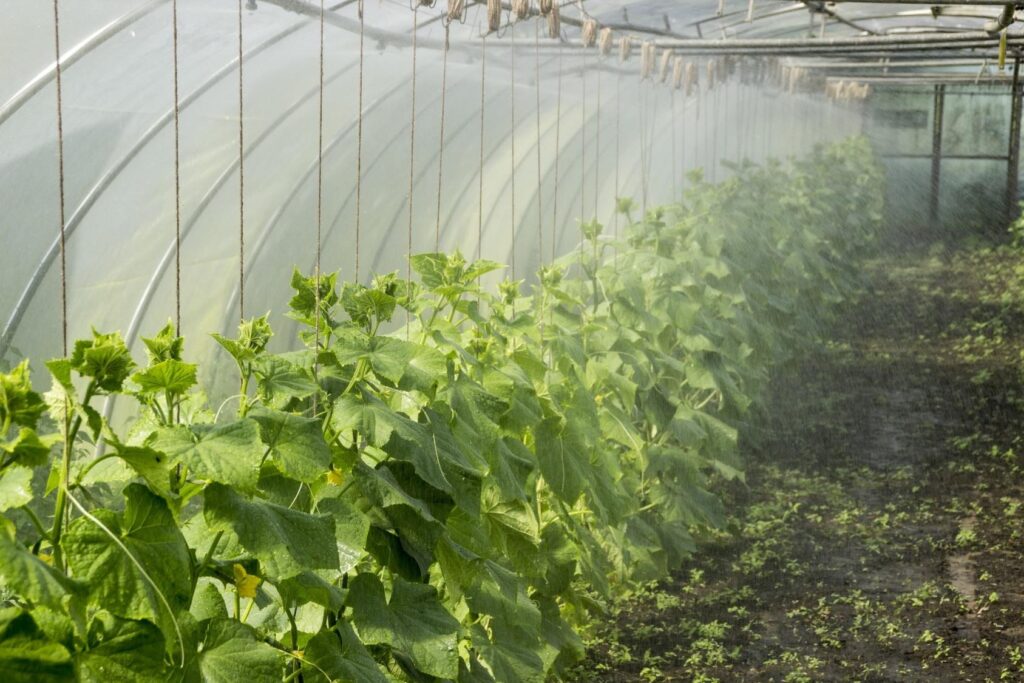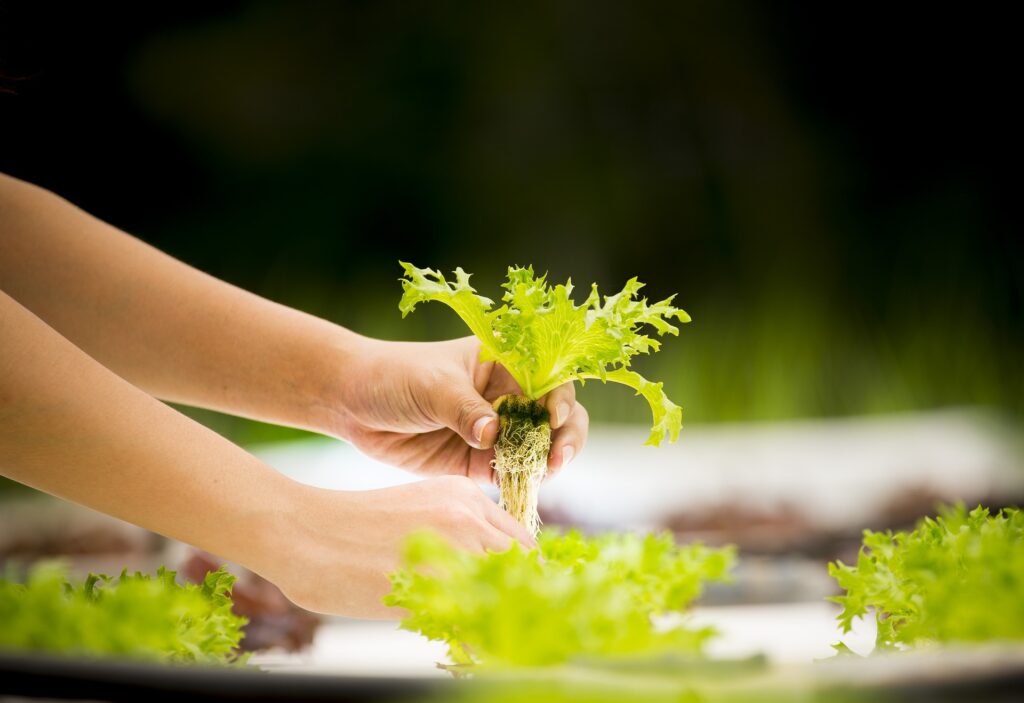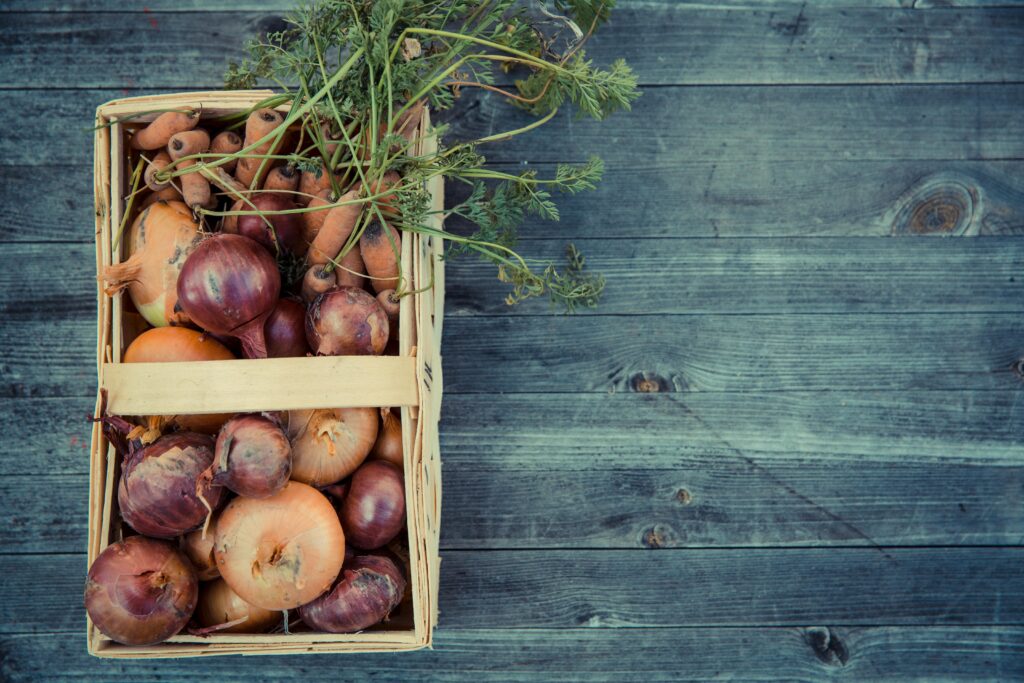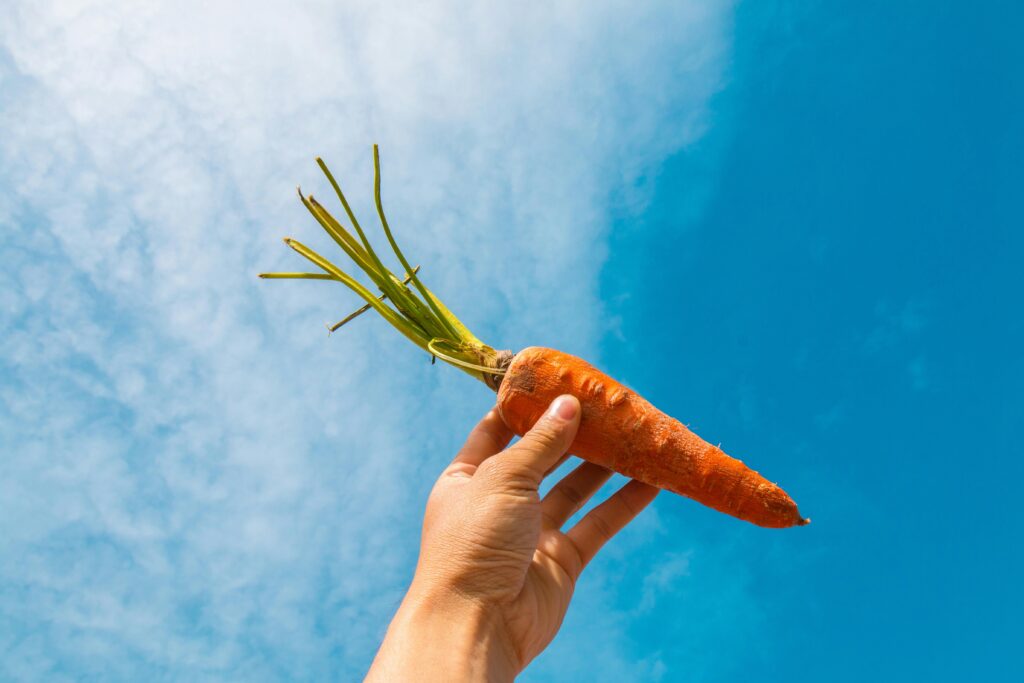Table of Contents
Permaculture Garden: Introduction
A permaculture garden is a sustainable and self-sufficient gardening method that mimics natural ecosystems. It emphasizes working with nature to create a harmonious environment where plants, animals, and people can thrive together. By designing a garden based on permaculture principles, you can reduce your environmental impact, produce your own food, and create a beautiful, thriving ecosystem.
I started my own permaculture garden a few years ago, and it’s been an incredibly rewarding journey. Not only have I been able to grow a wide variety of fruits and vegetables, but I’ve also seen an increase in local wildlife and improved soil health. In this blog, I’ll share my experience and guide you through the steps to create your own permaculture garden.
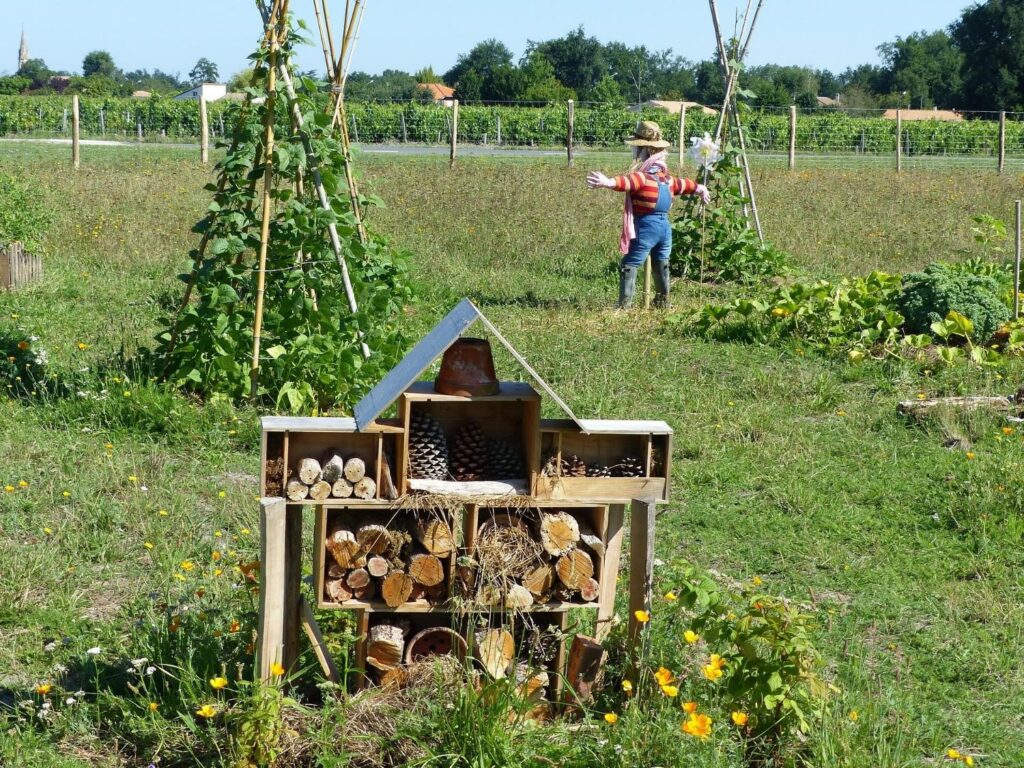
What is a Permaculture Garden?
Understanding Permaculture
Permaculture, short for “permanent agriculture,” is a design philosophy that focuses on creating sustainable and self-sufficient agricultural systems. It draws inspiration from natural ecosystems, emphasizing biodiversity, resilience, and efficiency. The goal is to create a garden that works with nature, not against it, reducing the need for external inputs like fertilizers and pesticides.
Key Principles of Permaculture
- Observe and Interact: Spend time observing your garden and interacting with the environment. Understand the natural processes and use them to your advantage.
- Catch and Store Energy: Utilize natural resources like sunlight and rainwater. Install rain barrels, solar panels, and design your garden to capture and store energy.
- Obtain a Yield: Ensure your garden provides something beneficial, whether it’s food, herbs, or beauty.
- Apply Self-Regulation and Accept Feedback: Learn from your garden. If something isn’t working, be open to making changes.
- Use and Value Renewable Resources: Prioritize renewable resources and minimize waste.
- Produce No Waste: Compost organic waste, reuse materials, and design systems that reduce waste.
- Design from Patterns to Details: Start with a broad design and refine the details over time.
- Integrate Rather than Segregate: Plant complementary species together to support each other.
- Use Small and Slow Solutions: Focus on small, incremental changes rather than large, disruptive ones.
- Use and Value Diversity: Biodiversity is key to a healthy, resilient garden.
- Use Edges and Value the Marginal: Maximize the edges in your garden where different ecosystems meet.
- Creatively Use and Respond to Change: Be adaptable and embrace change as an opportunity.
Designing Your Permaculture Garden
Site Assessment
Before you start planting, it’s crucial to assess your site. Observe the sunlight patterns, wind direction, and water flow. Take note of any existing plants, trees, or structures. Understanding these factors will help you design a garden that thrives in its specific environment.
Zoning
Permaculture gardens are typically divided into zones based on how frequently you visit them. This helps optimize your efforts and resources.
- Zone 0: The house or central living area.
- Zone 1: Areas you visit daily, such as herb gardens or vegetable patches.
- Zone 2: Less frequently visited areas like larger vegetable gardens or small orchards.
- Zone 3: Areas visited occasionally, such as larger orchards or animal pastures.
- Zone 4: Semi-wild areas used for foraging or timber production.
- Zone 5: A natural, untouched area to observe and learn from.
Water Management
Effective water management is crucial in a permaculture garden. Capture rainwater using barrels or swales, and design your garden to direct water flow to where it’s needed most. Mulching and planting cover crops can help retain soil moisture.
Soil Health
Healthy soil is the foundation of a thriving permaculture garden. Focus on building rich, fertile soil through composting, mulching, and planting nitrogen-fixing plants. Avoid using chemical fertilizers and pesticides, as they can harm the soil ecosystem.
Plant Selection
Choose a diverse range of plants that support each other. Incorporate native species, which are adapted to your local environment and require less maintenance. Consider the needs of each plant, such as sunlight, water, and soil type, and group them accordingly.
Implementing Permaculture Practices
Companion Planting
Companion planting involves growing different plants together that benefit each other. For example, planting basil near tomatoes can improve the flavor and repel pests. This practice can enhance plant health and yield while reducing the need for chemical interventions.
Mulching
Mulching is the practice of covering the soil with organic materials like straw, leaves, or wood chips. Mulch helps retain soil moisture, suppress weeds, and improve soil fertility as it decomposes. When I first started my permaculture garden, I used straw mulch around my vegetable plants. Not only did it keep the soil moist during hot summer days, but it also reduced the number of weeds I had to pull.
Composting
Composting is a natural way to recycle organic waste into nutrient-rich soil. Use kitchen scraps, garden waste, and other organic materials to create compost. This not only reduces waste but also improves soil health. I built a simple compost bin in a corner of my garden using wooden pallets. Over time, I added fruit and vegetable scraps, coffee grounds, eggshells, and yard waste. Within a few months, I had rich, dark compost to add to my garden beds.
Creating Habitat for Wildlife
A permaculture garden should support local wildlife. Include native plants, provide water sources, and create shelters for birds, insects, and other animals. This biodiversity helps control pests and pollinate plants. In my garden, I planted a variety of native flowers and shrubs to attract pollinators like bees and butterflies. I also installed a small birdbath and left some brush piles for insects and small animals to take shelter in.
Integrated Pest Management
Instead of using chemical pesticides, adopt integrated pest management practices. Encourage beneficial insects like ladybugs and predatory beetles, use physical barriers, and plant pest-repellent species. For instance, I planted marigolds around my vegetable beds to repel nematodes and attract beneficial insects. I also used row covers to protect my plants from pests while still allowing sunlight and rain to reach them.
Crop Rotation
Rotating crops helps prevent soil depletion and reduces the risk of disease and pests. Avoid planting the same crop in the same spot year after year. Instead, rotate between different plant families to maintain soil health. In my garden, I rotate my tomato plants with beans and leafy greens each year. This helps keep the soil balanced and reduces the chances of diseases taking hold.
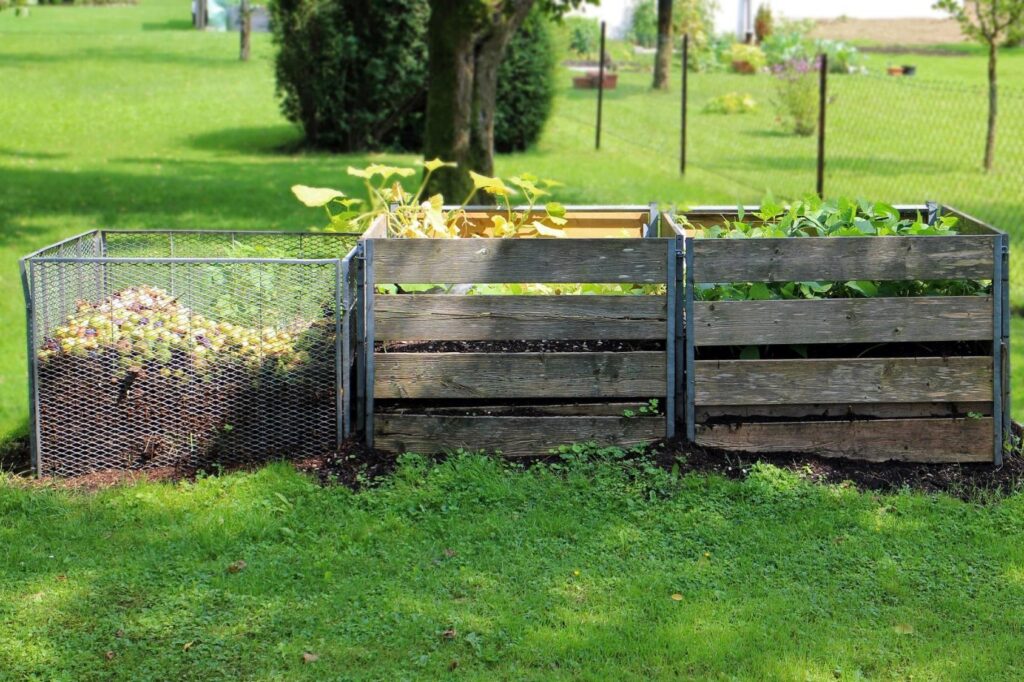
Extending Your Permaculture Garden
Food Forests
A food forest is a diverse, multi-layered garden that mimics a natural forest. It includes various plants that provide food, such as fruit and nut trees, shrubs, herbs, and ground covers. The different layers create a self-sustaining ecosystem that requires minimal maintenance. I started a small food forest in a corner of my garden, planting apple and pear trees, berry bushes, and a mix of herbs and vegetables. Over time, the plants have grown together, creating a lush, productive area that attracts wildlife and provides a variety of foods.
Hugelkultur Beds
Hugelkultur is a gardening technique that involves creating raised beds filled with decaying wood and other organic matter. This method improves soil fertility, retains moisture, and provides a long-term source of nutrients for plants. I built a hugelkultur bed using logs, branches, and yard waste, covering it with soil and compost. The bed has become a productive area for growing vegetables and flowers, with minimal watering and maintenance needed.
Aquaponics
Aquaponics combines aquaculture (raising fish) with hydroponics (growing plants in water). The fish provide nutrients for the plants, and the plants help filter the water for the fish. This closed-loop system is highly efficient and sustainable. I set up a small aquaponics system in my backyard, using a fish tank and grow beds. The fish waste provides nutrients for my vegetables, and the plants keep the water clean for the fish. It’s a fascinating and productive addition to my permaculture garden.
Vertical Gardening
Vertical gardening involves growing plants upward using trellises, towers, or wall-mounted containers. This method maximizes space, especially in small gardens, and can improve air circulation and sunlight exposure for plants. I installed several vertical planters along the fence in my garden, growing herbs, strawberries, and small vegetables. This not only saves space but also adds visual interest to my garden.
Natural Building Techniques
Incorporate natural building techniques into your permaculture garden to create sustainable structures. Use materials like cob, straw bales, or reclaimed wood to build garden beds, sheds, or greenhouses. I built a small cob greenhouse in my garden, using a mixture of clay, sand, and straw. The structure is energy-efficient, maintaining a stable temperature for my plants throughout the year.
Enhancing Soil Health
Cover Crops
Planting cover crops, such as clover, alfalfa, or rye, can improve soil health by adding organic matter, fixing nitrogen, and preventing erosion. Cover crops also provide habitat for beneficial insects and improve soil structure. In my garden, I plant cover crops in the fall to protect and enrich the soil during the winter months. In the spring, I till the cover crops into the soil, creating a nutrient-rich base for my vegetables.
Vermiculture
Vermiculture, or worm composting, involves using worms to decompose organic waste into nutrient-rich compost. This method produces high-quality compost and is an excellent way to recycle kitchen scraps. I set up a worm bin in my garden, using red wiggler worms to break down food waste. The resulting worm castings are rich in nutrients and beneficial microbes, which I add to my garden beds to improve soil health.
Biochar
Biochar is a form of charcoal that is used as a soil amendment. It improves soil fertility, water retention, and microbial activity. To make biochar, I burn organic materials like wood or crop residues in a low-oxygen environment. The resulting char is then mixed into the soil, where it enhances soil health and reduces the need for fertilizers.
Creating a Permaculture Community
Sharing Knowledge and Resources
Permaculture is not just about gardening; it’s also about building community. Share your knowledge and resources with neighbors and local groups to create a network of sustainable gardens. I joined a local permaculture group where we exchange seeds, plants, and gardening tips. We also organize workshops and community projects to promote sustainable living.
Community Gardens
Community gardens are a great way to practice permaculture and engage with others. These shared spaces allow people to grow their own food, learn from each other, and contribute to a sustainable community. I volunteer at a community garden in my town, where we apply permaculture principles to create a productive and educational space for everyone.
Local Food Networks
Support local food networks by buying from farmers’ markets, participating in community-supported agriculture (CSA) programs, or starting a food cooperative. These networks help promote sustainable agriculture and provide fresh, local produce. I joined a CSA program, where I receive a weekly box of organic vegetables from a local farm. This not only supports local farmers but also ensures I have access to fresh, seasonal produce.
Challenges and Solutions in Permaculture Gardening
Dealing with Weeds
Weeds can be a challenge in any garden, but permaculture practices can help manage them naturally. Mulching, cover cropping, and dense planting can suppress weeds. In my garden, I use a thick layer of straw mulch to prevent weed growth and plant ground covers like clover to outcompete weeds.
Water Scarcity
Water scarcity can be a significant challenge, especially in dry climates. Efficient water management practices like rainwater harvesting, mulching, and drip irrigation can help conserve water. I installed a rainwater harvesting system that collects runoff from my roof, providing an additional water source for my garden during dry periods.
Pest Control
Pests can damage plants and reduce yields. Integrated pest management practices, such as encouraging beneficial insects, using physical barriers, and planting pest-repellent species, can help control pests naturally. I planted marigolds and nasturtiums around my garden to repel pests and attract beneficial insects like ladybugs and lacewings.
Soil Erosion
Soil erosion can deplete nutrients and damage plants. Practices like terracing, contour planting, and using cover crops can help prevent erosion. I built terraces on a sloped area of my garden to slow down water runoff and planted cover crops to protect the soil.
Limited Space
Limited space can be a challenge for urban gardeners. Vertical gardening, container gardening, and intensive planting techniques can help maximize space. I use vertical planters and trellises to grow herbs, strawberries, and small vegetables, making the most of the available space in my garden.
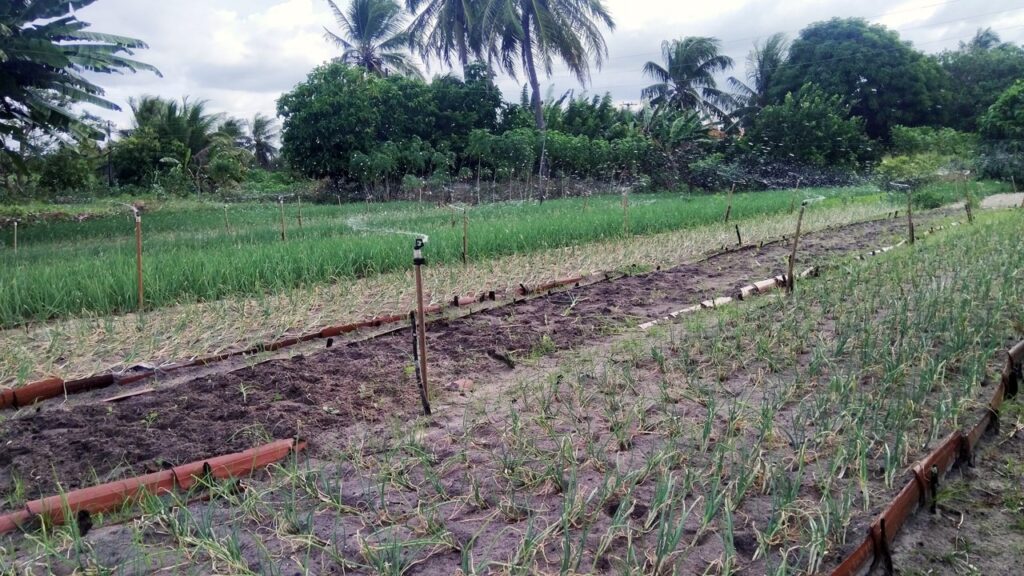
Conclusion
Creating a permaculture garden is a journey towards sustainability, resilience, and harmony with nature. By understanding and implementing permaculture principles, you can design a garden that is not only productive but also environmentally friendly. My own experience with permaculture gardening has been incredibly fulfilling, and I’ve seen firsthand the benefits it brings to both my family and the environment.
If you’re looking to reduce your environmental impact, produce your own food, and create a beautiful, thriving ecosystem, a permaculture garden is the way to go. Start small, observe and interact with your environment, and enjoy the process of creating a sustainable garden that works with nature.
Frequently Asked Questions
What is a permaculture garden?
A permaculture garden is a sustainable and self-sufficient gardening method that mimics natural ecosystems. It focuses on biodiversity, resilience, and efficiency, creating a garden that works with nature to produce food and support local wildlife.
How do I start a permaculture garden?
Begin by assessing your site, observing sunlight patterns, water flow, and existing plants. Design your garden using permaculture principles, divide it into zones, and implement water management and soil health practices. Choose diverse, complementary plants and start small.
What are the benefits of a permaculture garden?
Permaculture gardens are sustainable, promote biodiversity, improve soil health, and reduce waste. They provide access to fresh, organic produce and foster a deeper connection to nature.
How does permaculture differ from traditional gardening?
Permaculture focuses on creating self-sufficient, sustainable systems that work with nature, whereas traditional gardening often relies on external inputs like fertilizers and pesticides. Permaculture emphasizes biodiversity, soil health, and efficient resource use.
What plants are best for a permaculture garden?
Choose a diverse range of plants that support each other and are suited to your local environment. Incorporate native species, nitrogen-fixing plants, and companion plants to enhance plant health and yield.
How do I manage pests in a permaculture garden?
Use integrated pest management practices such as encouraging beneficial insects, planting pest-repellent species, and using physical barriers. Avoid chemical pesticides and focus on maintaining a healthy, balanced ecosystem.
Can I create a permaculture garden in a small space?
Yes, permaculture principles can be applied to gardens of any size. Start small, focus on efficient use of space, and choose plants that complement each other. Even a small garden can benefit from permaculture practices.
How does permaculture support local wildlife?
Permaculture gardens provide habitat for local wildlife by including native plants, water sources, and shelters. This biodiversity helps control pests and pollinate plants, supporting a healthy ecosystem.
What is companion planting in permaculture?
Companion planting involves growing different plants together that benefit each other. For example, planting basil near tomatoes can improve flavor and repel pests. This practice enhances plant health and yield while reducing the need for chemical interventions.
How do I improve soil health in a permaculture garden?
Focus on building rich, fertile soil through composting, mulching, and planting nitrogen-fixing plants. Avoid chemical fertilizers and pesticides, as they can harm the soil ecosystem. Healthy soil is the foundation of a thriving permaculture garden.

